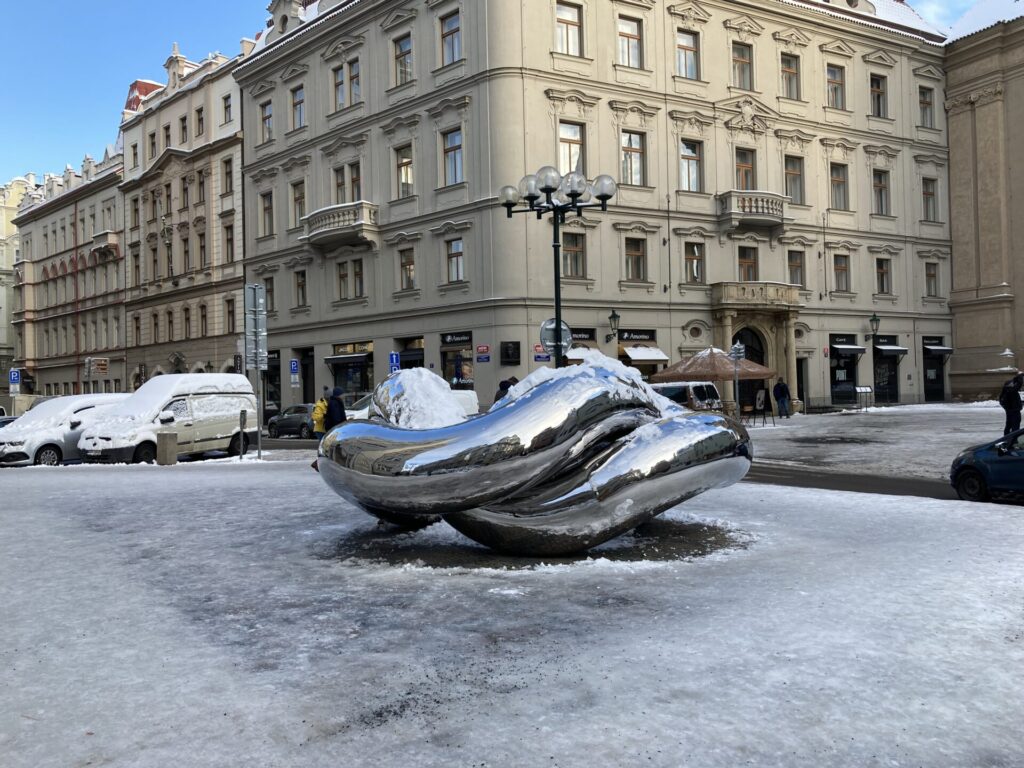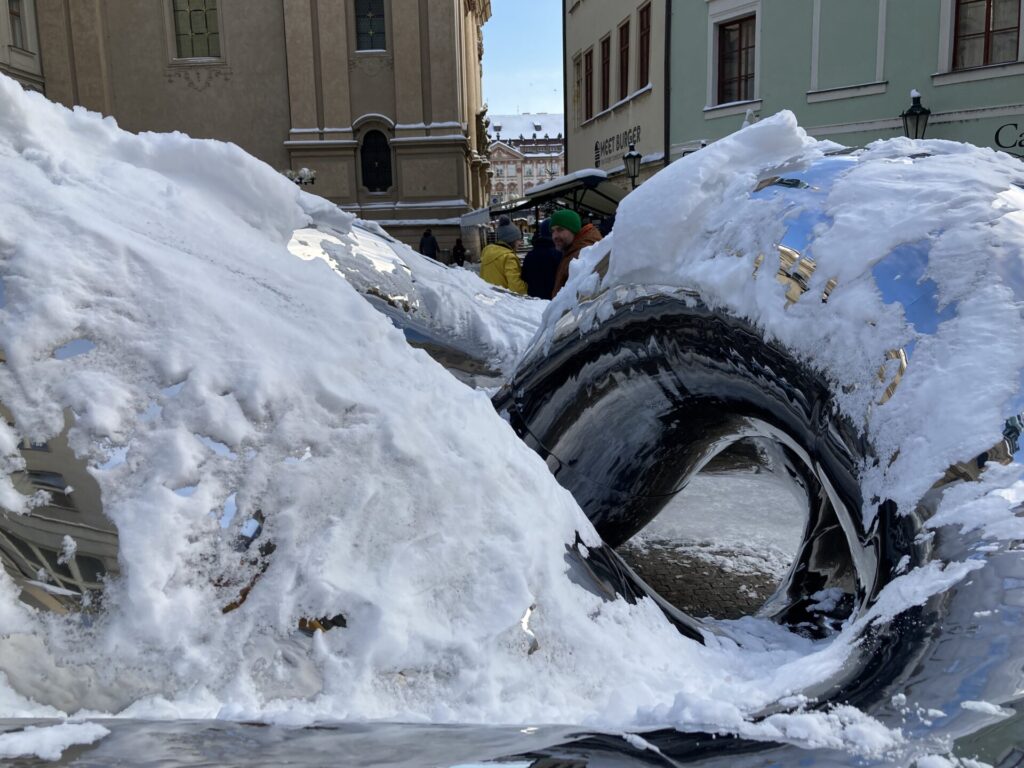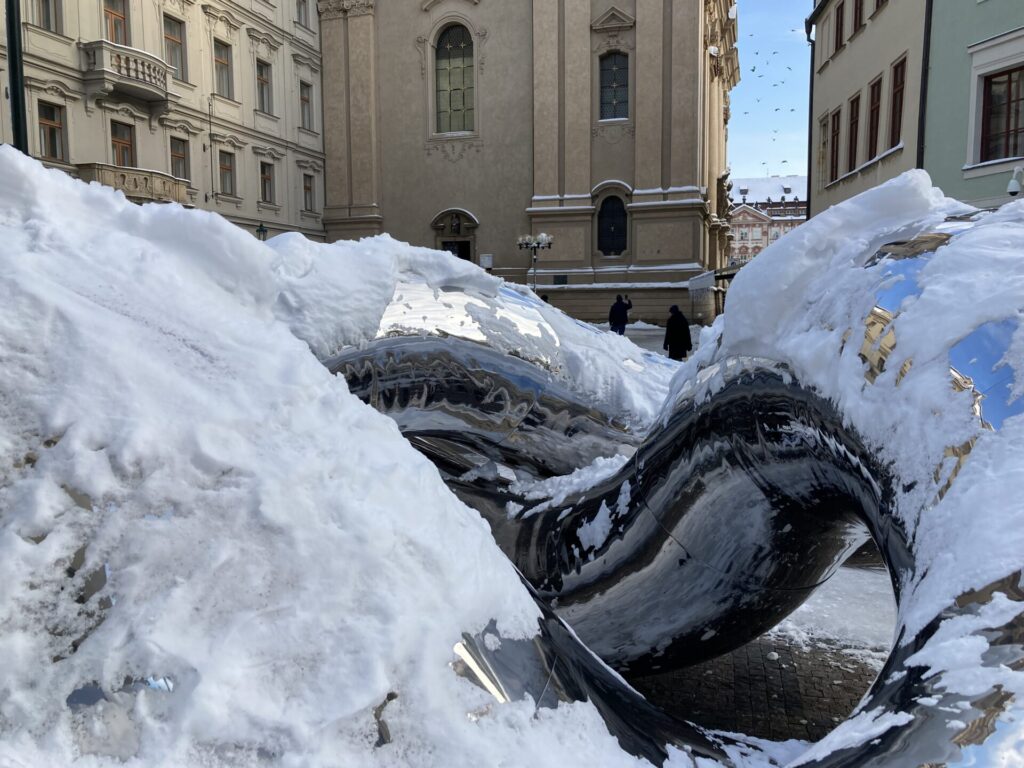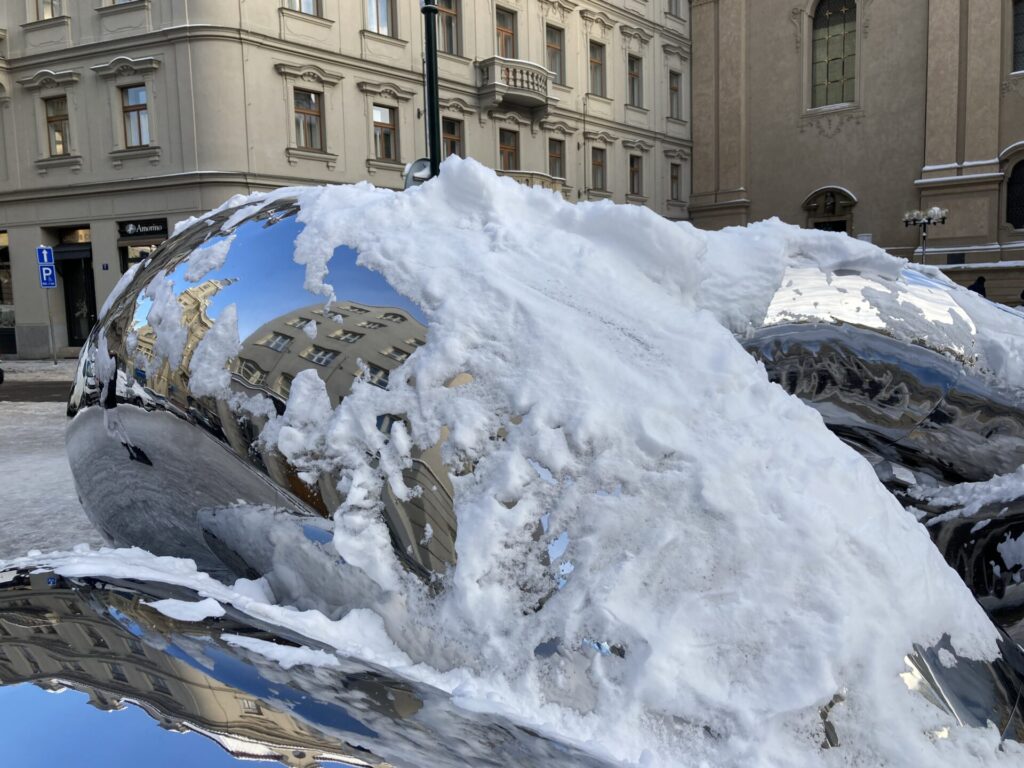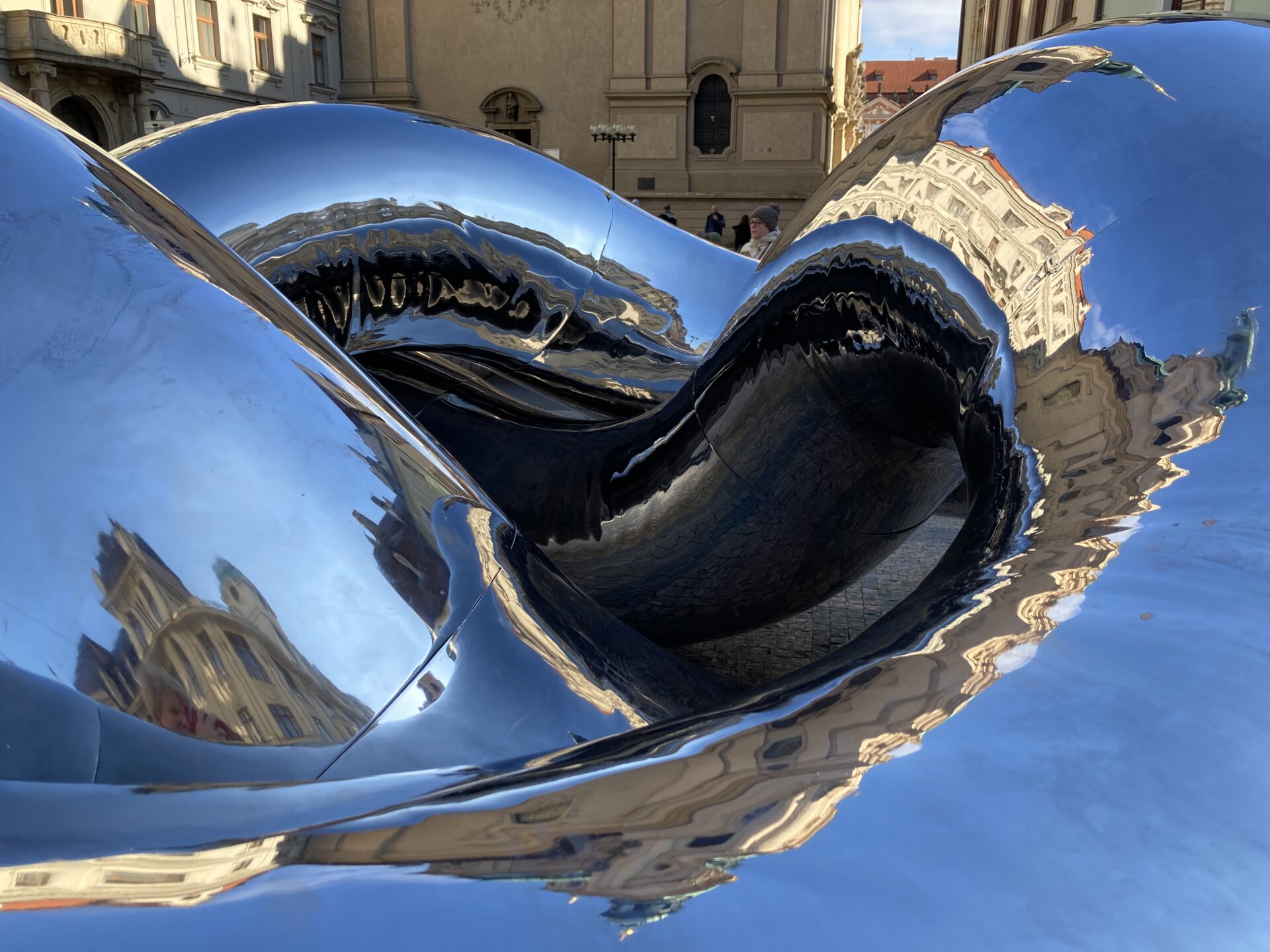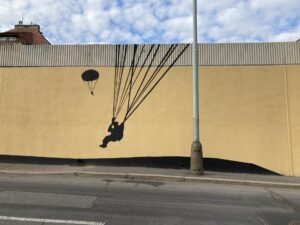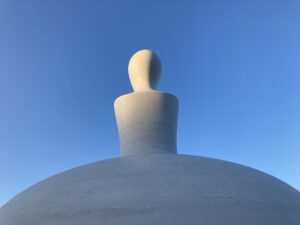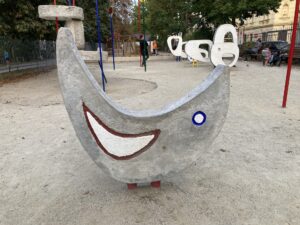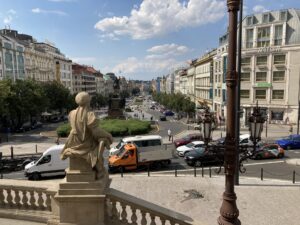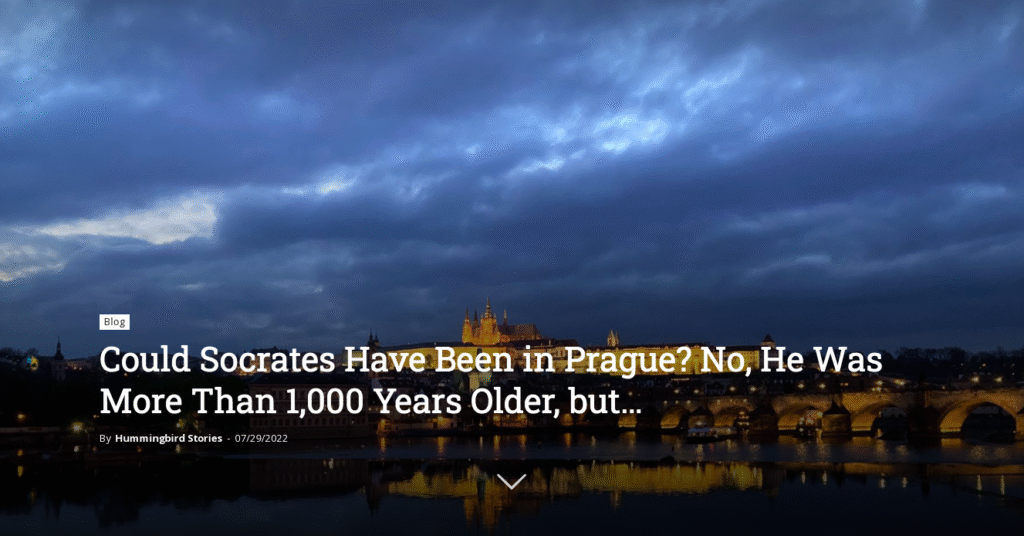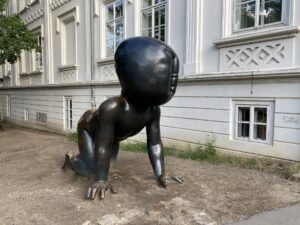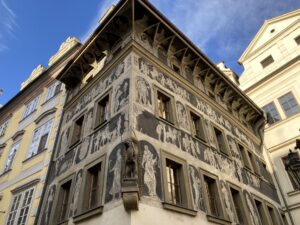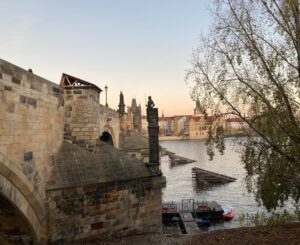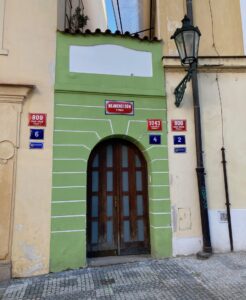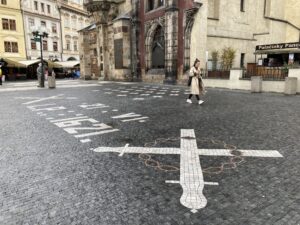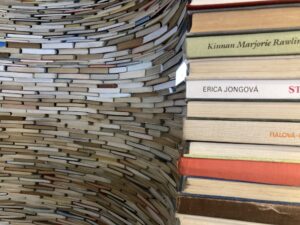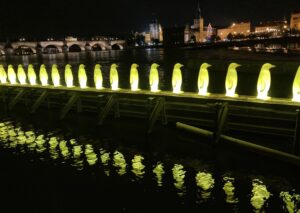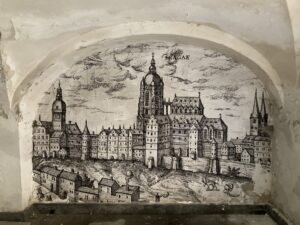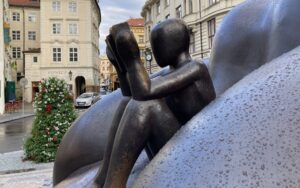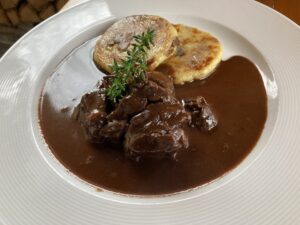Lukáš Rais’ path to art was certainly not a straightforward one. First he worked as an electrician, then he trained as a cook and only then did he start studying at the Academy of Arts and Crafts in the sculpture studio.
The relationship to technology is also reflected in his artwork, for which he uses pipes, which are building elements of pipelines for the chemical or food industry. Lukáš Rais buys them all over the world (Pakistan, China, Holland, Norway, Finland, Romania, Italy, Ukraine) and then bends and interweaves them to create abstract shapes. His team includes welders, machine mechanics, designers – that’s why his work is called industrial poetics.
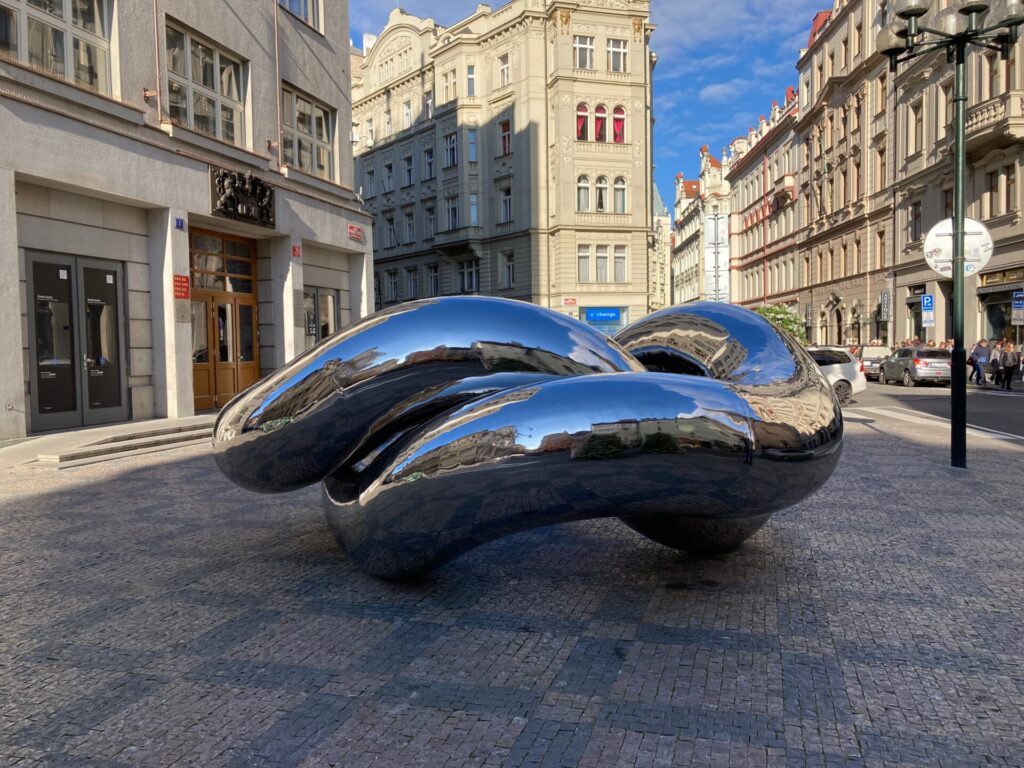
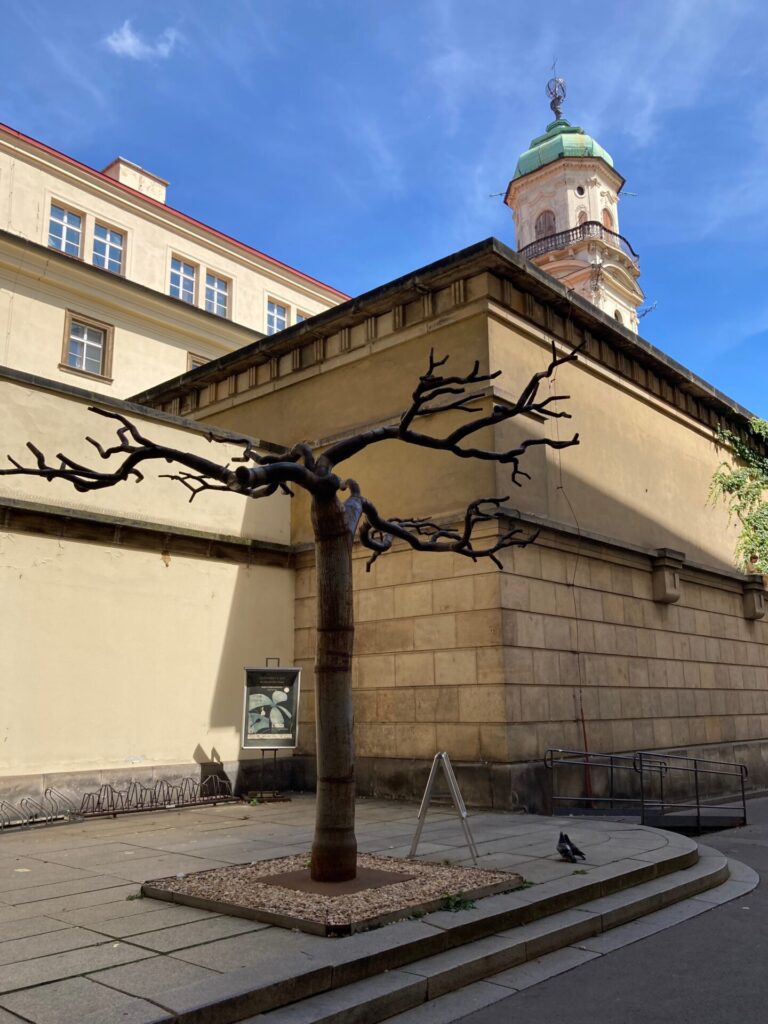
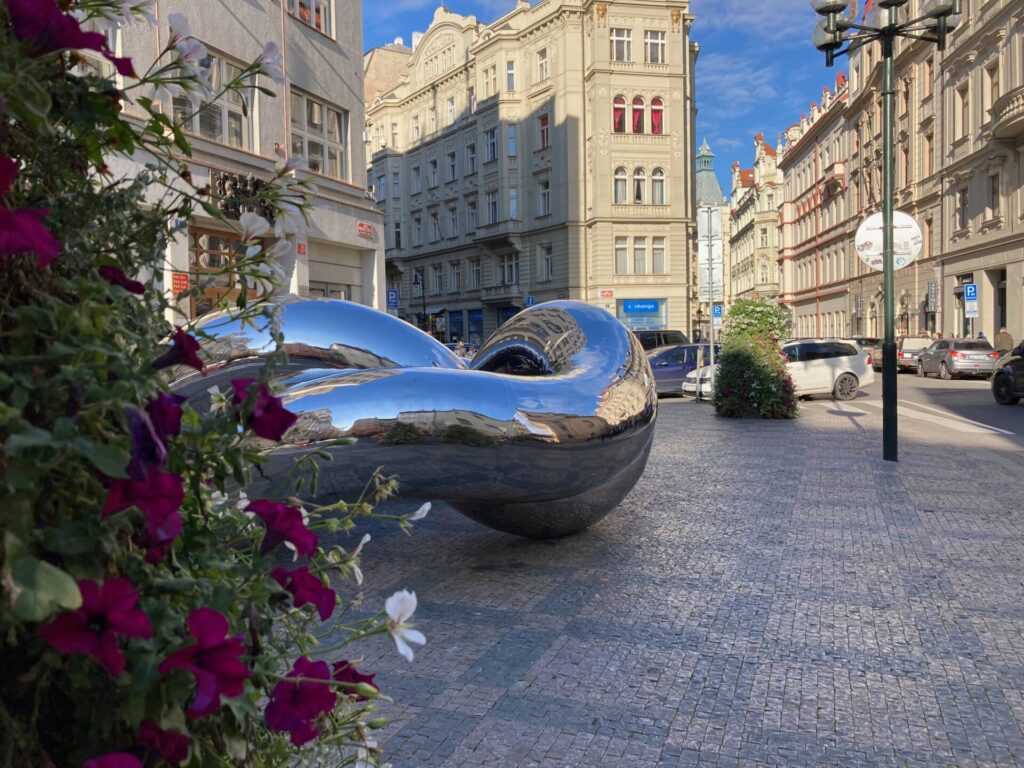
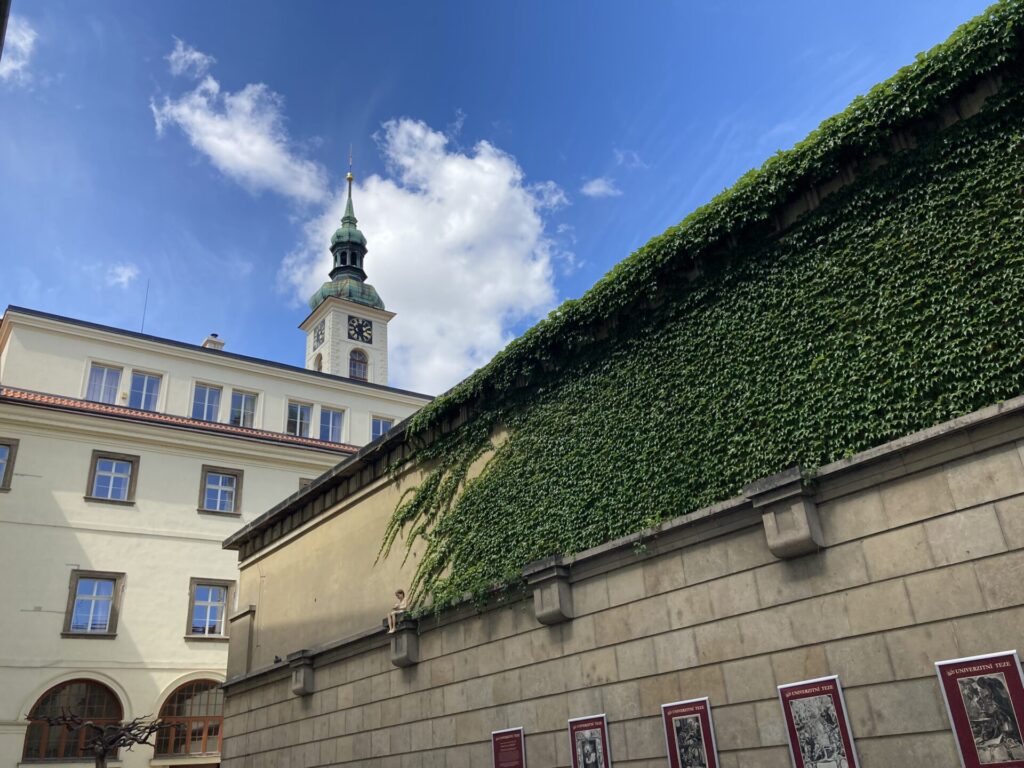
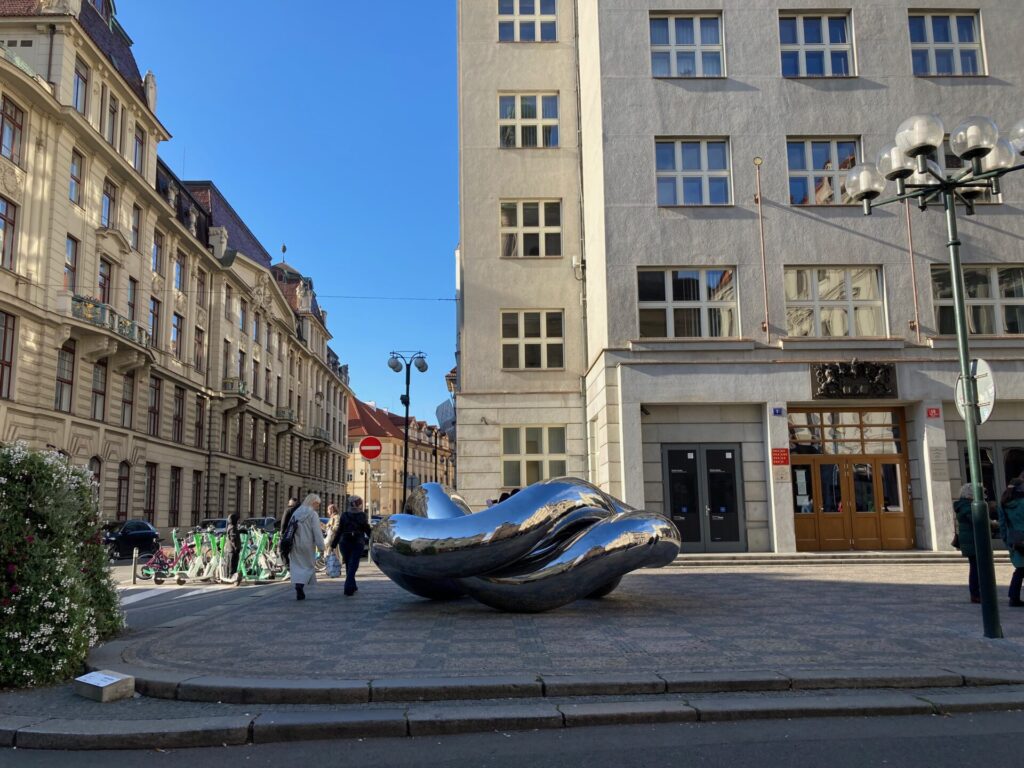
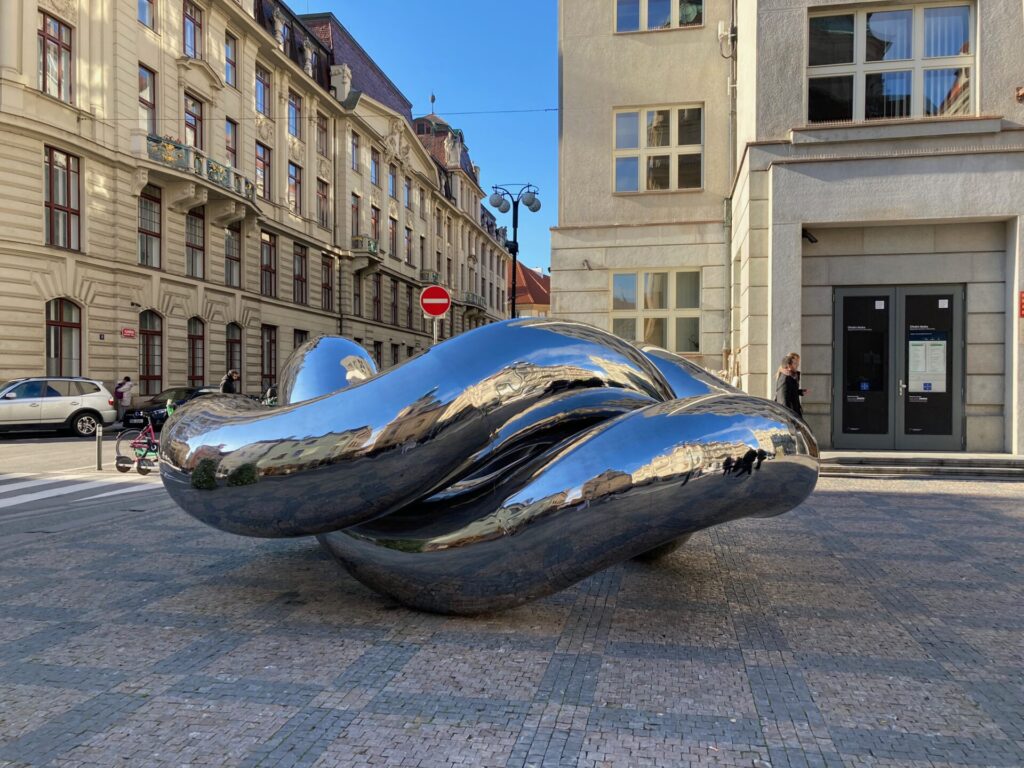
His first sculpture made of metal pipes was the Tree – he created it during his studies and won the Dean’s Prize for it. Today, the statue stands in the courtyard of the Clementinum.
Lukáš Rais’s sculptures hide movement, forcing their viewers to interact. The sculptures mirror the visitors and their surroundings, forcing people to approach and move away from them, to observe the world reflected on the surface of the sculpture from different points of view. The surface of the sculpture changes color depending on what the viewer is wearing and on the environment. Sitting on the grass, the statue turns “green”. It has different colors when the sun shines and the material of the statue reflects the sky with white clouds.
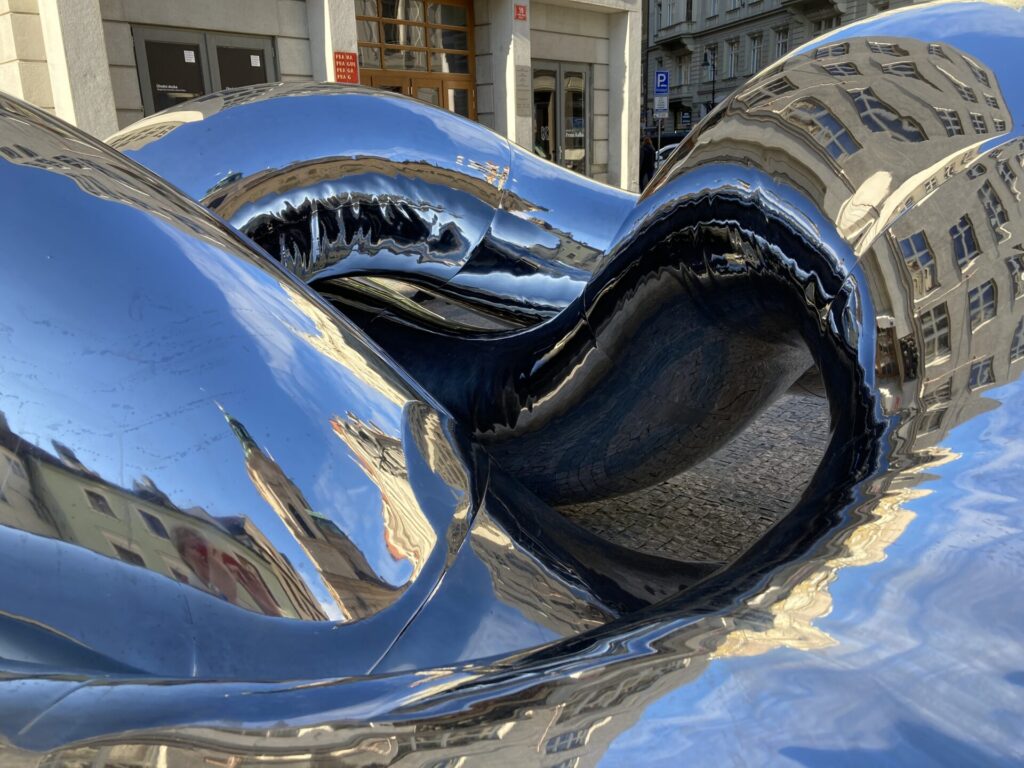
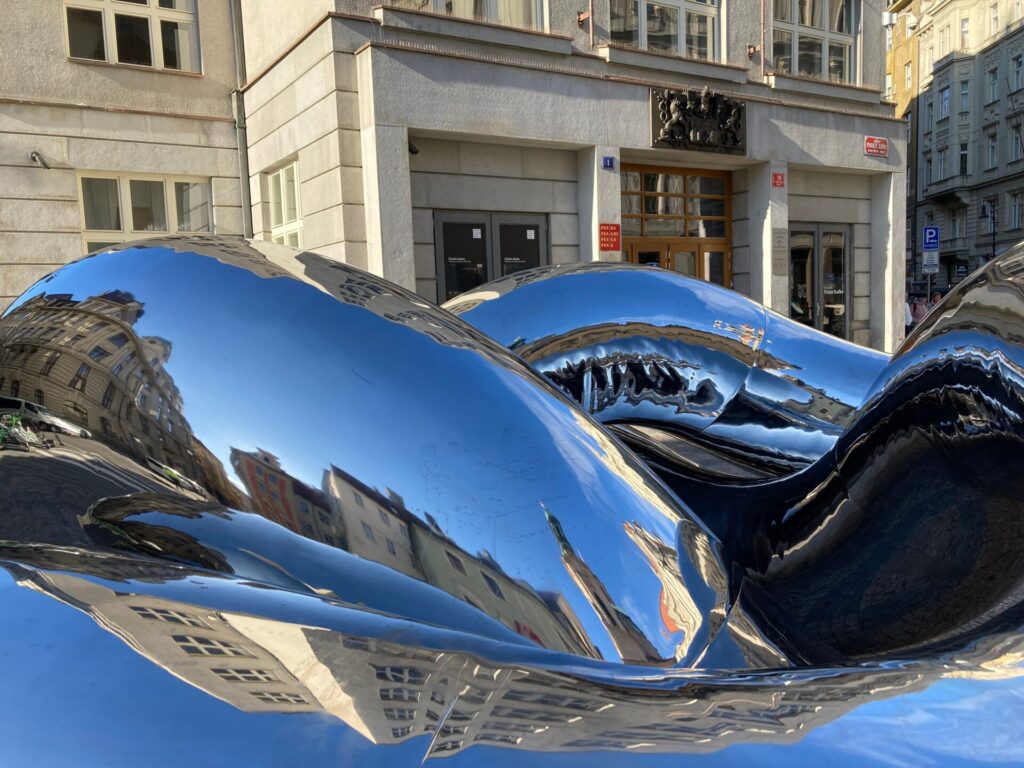
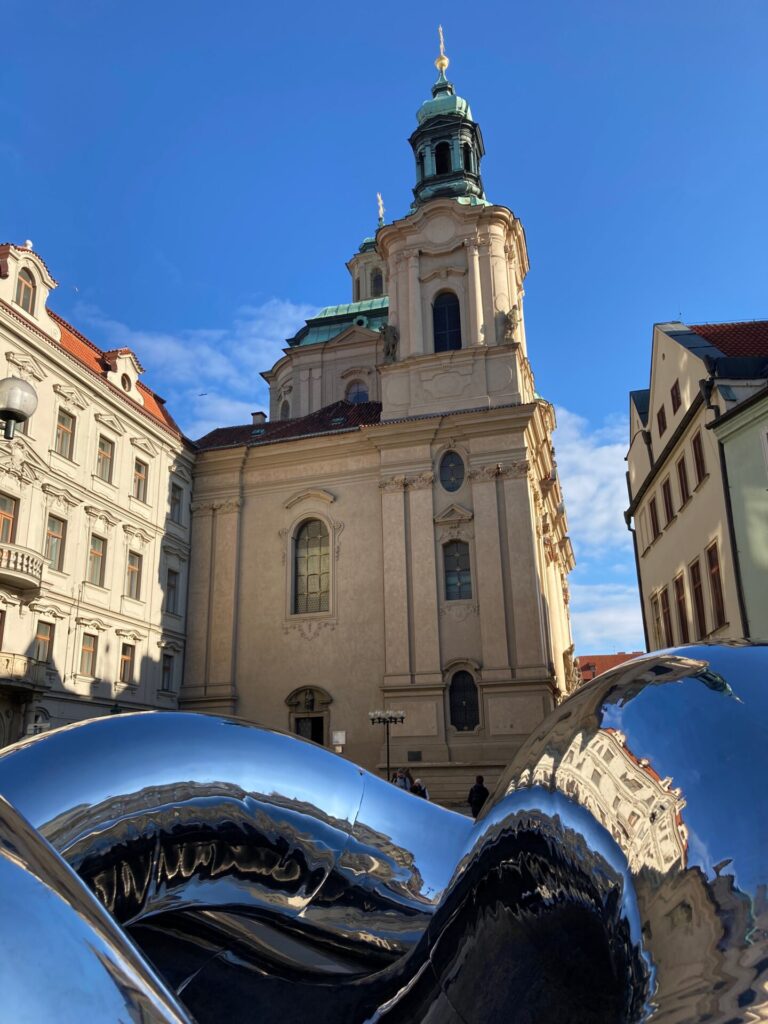
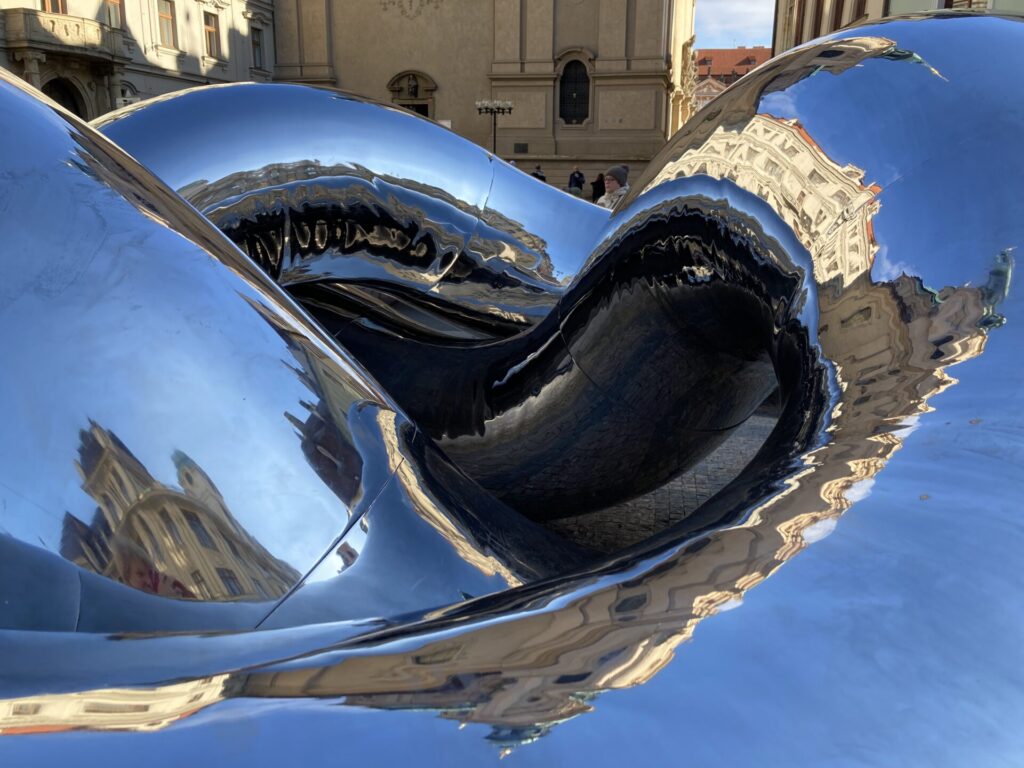
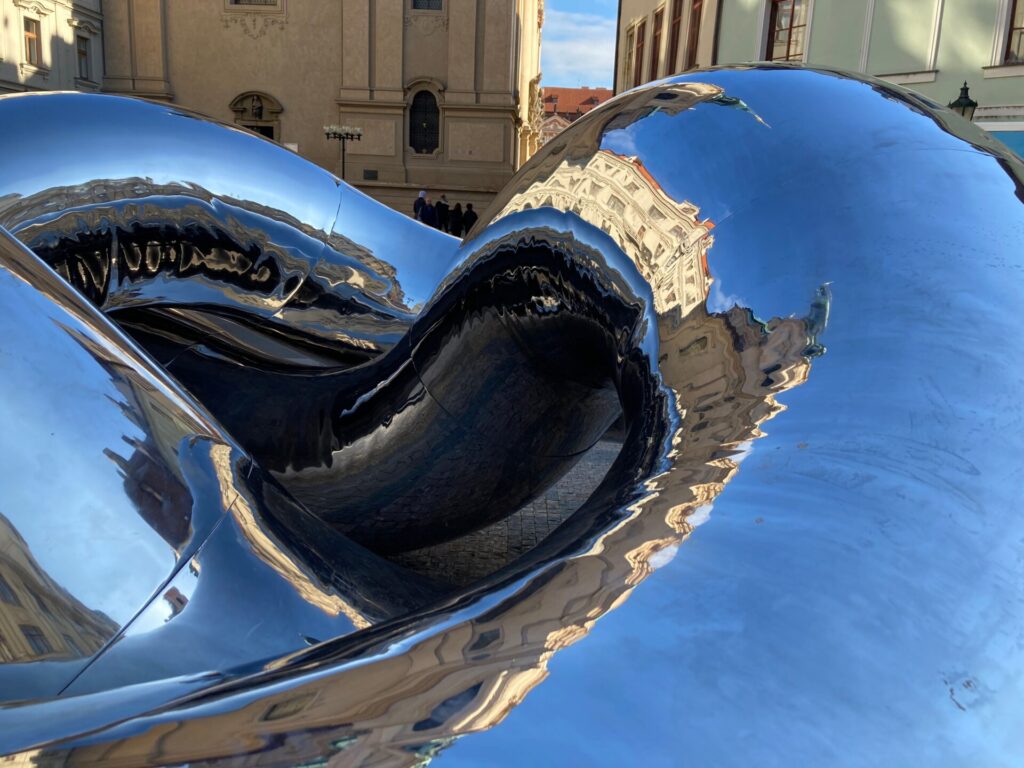
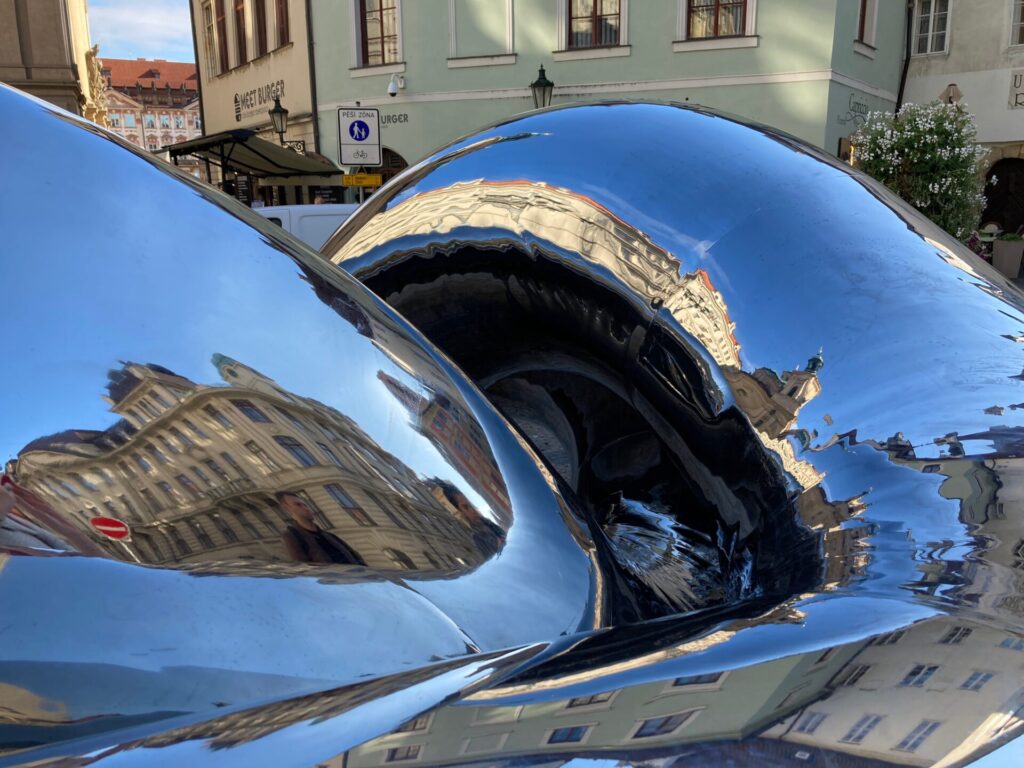
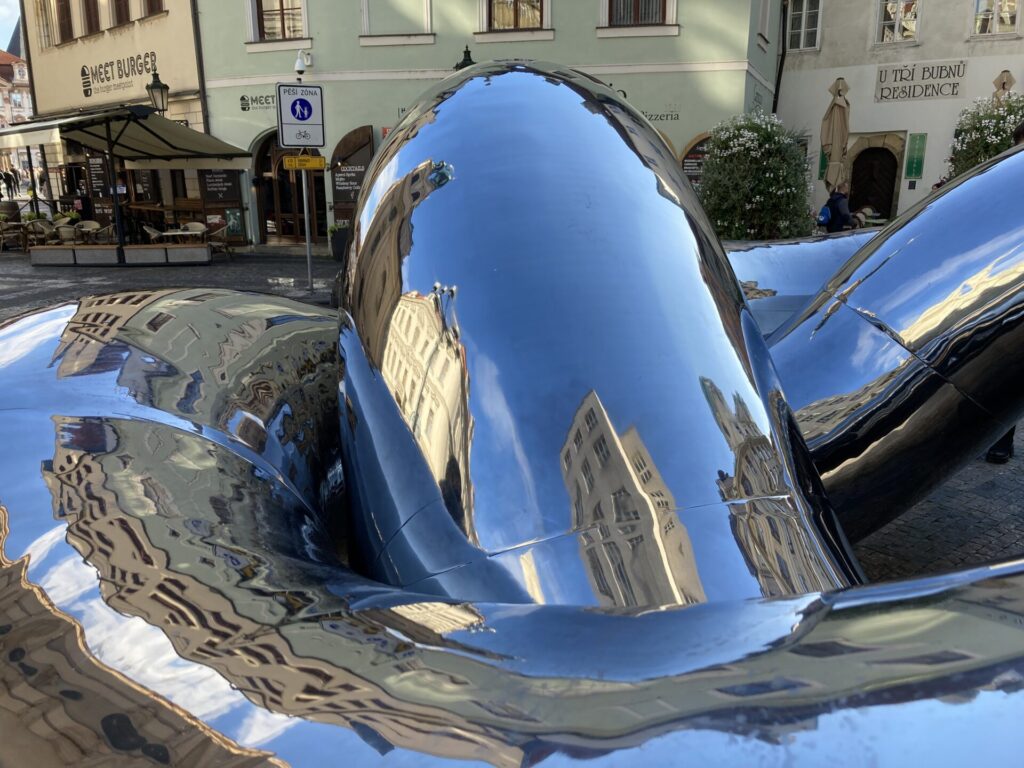
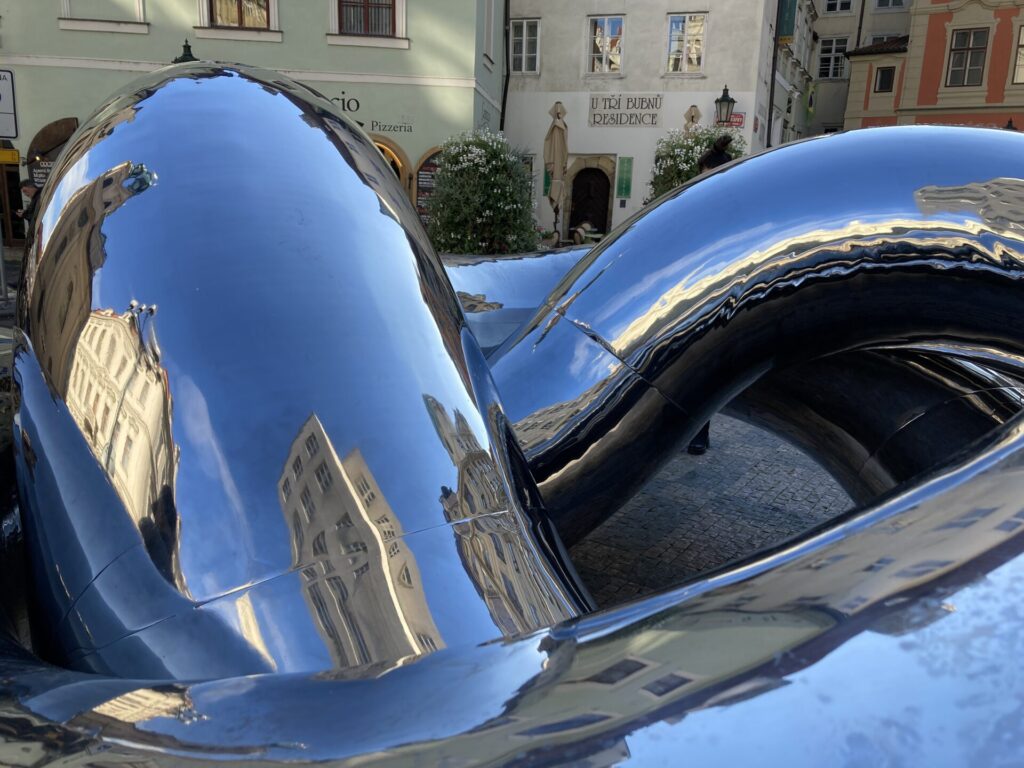
And since Rais’s sculptures are made from iron, they also react to the weather. Others are different in spring weather when warmed by the sun. And they take on a different form even when their surface is covered with snow. With that point, it’s also good to know that if you tried to touch the statue with your tongue or a wet hand, as the metal statue is a good conductor of heat, it would very quickly drain the heat from the part of the body you touched it with and your saliva or the moisture of your hands would quickly freeze, and you will be more intimately connected to the statue than you had originally wished.
